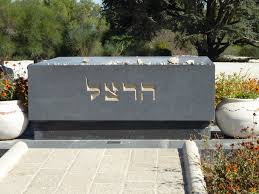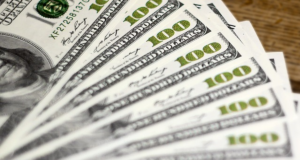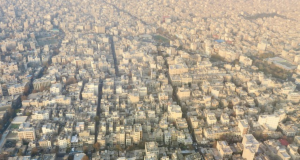 Haifa, July 11 – Israel’s national electric utility plans to continue its transition away from coal-fired power plants by harnessing the kinetic energy of modern Zionism’s founder rotating in his grave, the Ministry of Environmental Protection announced today.
Haifa, July 11 – Israel’s national electric utility plans to continue its transition away from coal-fired power plants by harnessing the kinetic energy of modern Zionism’s founder rotating in his grave, the Ministry of Environmental Protection announced today.
The Israel Electric Corporation plans to install a subterranean turbine at the burial site of Theodor Herzl in Jerusalem, a move that would both reduce the country’s reliance on fossil fuels and provide the capital city with a local means of supplying its electricity needs.
The IEC and Ministry of Environmental Protection conducted a feasibility study on the potential for the project in the 1980’s, but found that the rate of Herzl’s spinning at the time would not produce a power output that would justify the investment in infrastructure and the possible aesthetic disruption to one of the country’s most iconic and important sites. The study determined that although Israel faced myriad problems and the founder of Zionism might find some of the country’s characteristics disturbing, he spun in his grave by significant amounts only when phenomenally bad foreign commercials were aired with Hebrew voice-overs on TV. The ministry and corporation agreed to maintain on ongoing task force to monitor Herzl’s spinning in case any dramatic changes made the investment worthwhile.
With the collapse of the Oslo peace process over the last several years and the surging revelations of rampant corruption and incompetence at nearly every level of government and public service, the task force conducted several more tests, and found last year that the rate of Herzl’s spinning was finally high enough to produce significant amounts of electric power – enough power, in fact, to provide for the needs of Jerusalem and its environs with a surplus remaining.
“We could sell that surplus, say, to the Palestinians, and generate a serious profit,” said ministry spokesman Roshba Tachat. As he spoke, the dials on the spin indicator showed an increase in Herzl-torque, likely because currently the Palestinian debt for electricity is already in the hundreds of millions of shekels and unlikely to be paid. “Or we could simply pump that electricity in to the Gaza Strip at no charge, since they have such problems there,” he added as the needles on the dials edged even farther along their clockwise arc.
The IEC sought to assuage concerns that the pristine nature of the tomb would only be minimally disrupted. “We have no wish to mar one of the most significant pilgrimage locales in the country,” said company spokesman Aviv Bauhaus. “Most of the infrastructure for the plant will be excavated. The most that will be visible above-ground is perhaps a twelve-story, 75,000-square-meter command and control facility.”
Bauhaus also promised that any plan would guarantee easy and safe access for tomb visitors. “There is certainly no reason why people coming to see the grave shouldn’t be able to pay a few shekels to view it through a telescope for sixty seconds,” he remarked as the gauges showed yet another torque increase.
“As you can see, the Israel Electric Company is uniquely skilled at exploiting its resources.”




